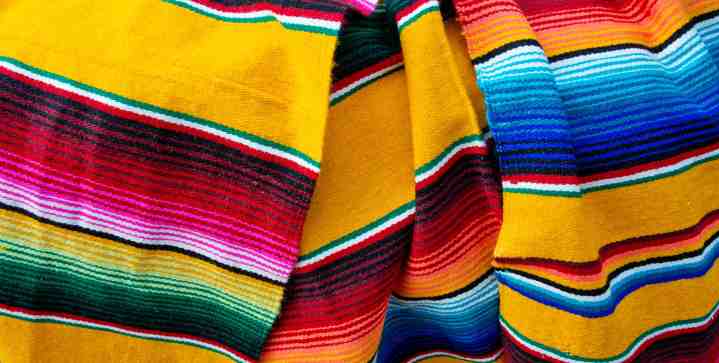Mexican Government Calls Out Carolina Herrera Label for Using Indigenous Textiles

Photo by ivanastar / iStock / Getty Images Plus
The fashion industry is known for taking more than just inspiration from communities of color. And while it was easier for designers to get away with this in the past, people now have several mediums to express their anger and frustration to stop brands from taking what’s theirs. The latest facing the ire of the internet is Wes Gordon, the designer heading the Carolina Herrera label, for using Indigenous textiles from Mexico in the brand’s Resort 2020 collection.
RELATED: This Viral Video Will Make You Rethink Haggling With Artisans Over Prices
As El País reported, the brand is being accused of cultural appropriation for some of the designs used in the collection, which is supposed to pay tribute to Latin America. On Monday, the Alejandra Frausto, secretaria de cultura, sent a letter to Herrera and Gordon about the collection, demanding an explanation for using the designs that are unique to different Indigenous groups in Mexico.
One of the items is a long white dress that with its mix of flowers and birds resembles the embroidered patterns from Tenango de Doria.

“The embroidery comes from the Tenango de Doria (Hidalgo) community,” the letter reads. “In these embroideries, you can find this community’s history and each element has a personal, familial, or community meaning.”
Frausto added that the label also seemed to lift from the communities in the Tehuantepec isthmus and used the famous sarape de Saltillo. “In the history of the sarape, we find the journey of the community from Tlaxcala to the north,” Frausto added.
For Indigenous communities, the struggle to retain ownership over their textiles has been a long-fought battle. With designers – big and small – taking these patterns for themselves, they end up selling someone else’s culture without compensating them. It’s especially disappointing considering that Indigenous artisans do not get paid what they’re worth because of widespread haggling. Yet, people with no ties to their community end up selling this cultural patrimony at higher prices.
